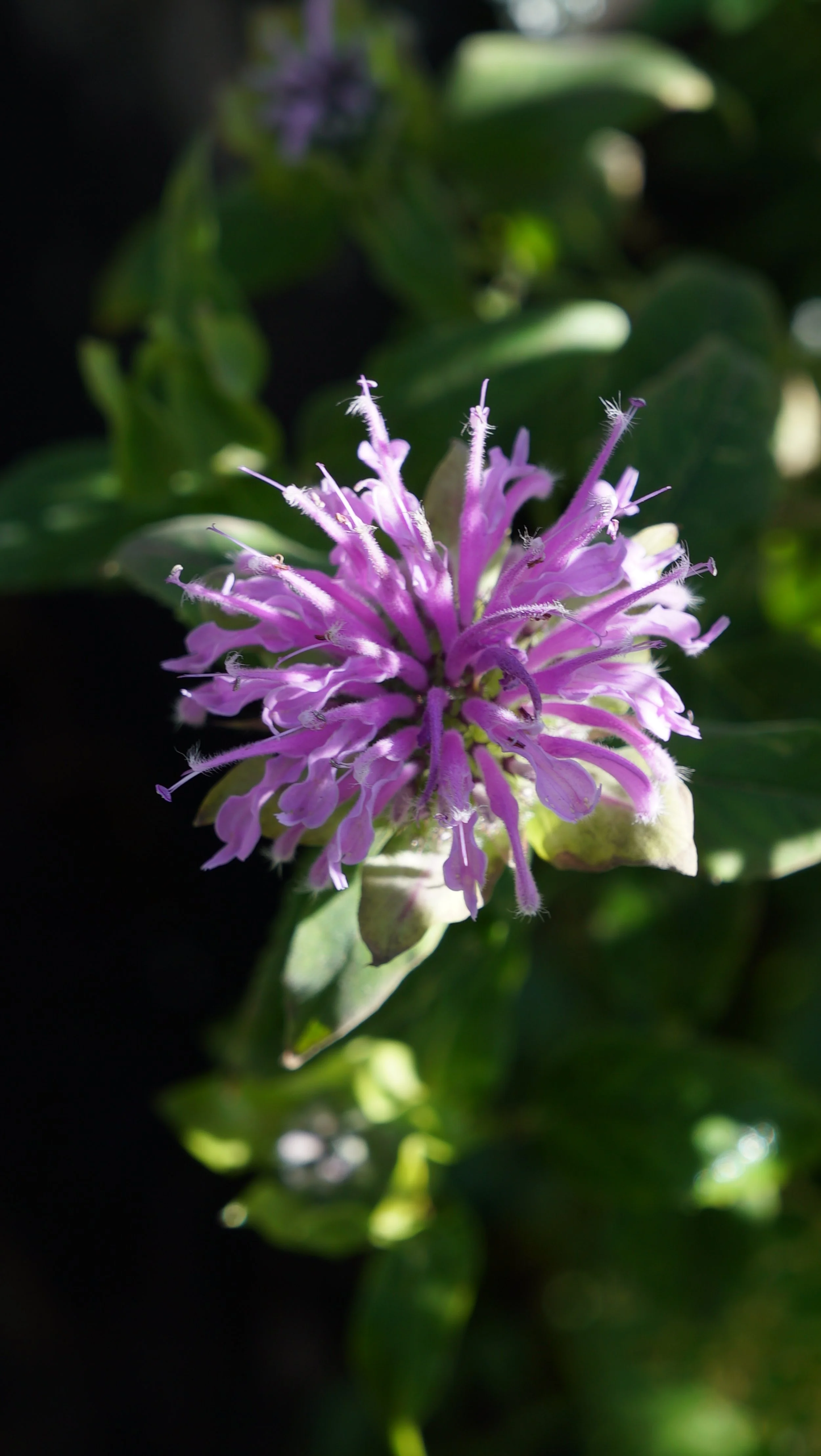English Lavender Seeds
Lavandula angustifolia 'Vera'
Packed and grown with love in Western Australia
Benefits and Uses English Lavender is renowned for its calming and aromatic properties, prized for both its beauty and versatility. The fragrant flowers are commonly used in aromatherapy to reduce stress and anxiety, improve sleep quality, and promote relaxation. Lavender is also used in culinary applications, adding a unique floral flavor to baked goods, teas, and savory dishes. Additionally, lavender has medicinal properties, including its ability to soothe skin irritations, reduce inflammation, and provide antioxidants. The plant is excellent for attracting pollinators such as bees and butterflies, making it a beneficial addition to any garden ecosystem.
Growing Conditions English Lavender thrives in well-drained soil with a pH level between 6.5 and 7.5. It prefers full sun exposure and requires a warm climate to grow successfully, with an optimal temperature range of 15-30°C. Plant the seeds or young plants in early spring, spacing them 30-45 cm apart to allow for proper air circulation. Lavender plants need regular watering during their first year to establish roots, but once established, they are drought-tolerant and require minimal watering. Pruning the plants after flowering helps maintain their shape and encourages new growth. With proper care, English Lavender will flourish and provide a fragrant and beautiful addition to your garden.
Lavandula angustifolia 'Vera'
Packed and grown with love in Western Australia
Benefits and Uses English Lavender is renowned for its calming and aromatic properties, prized for both its beauty and versatility. The fragrant flowers are commonly used in aromatherapy to reduce stress and anxiety, improve sleep quality, and promote relaxation. Lavender is also used in culinary applications, adding a unique floral flavor to baked goods, teas, and savory dishes. Additionally, lavender has medicinal properties, including its ability to soothe skin irritations, reduce inflammation, and provide antioxidants. The plant is excellent for attracting pollinators such as bees and butterflies, making it a beneficial addition to any garden ecosystem.
Growing Conditions English Lavender thrives in well-drained soil with a pH level between 6.5 and 7.5. It prefers full sun exposure and requires a warm climate to grow successfully, with an optimal temperature range of 15-30°C. Plant the seeds or young plants in early spring, spacing them 30-45 cm apart to allow for proper air circulation. Lavender plants need regular watering during their first year to establish roots, but once established, they are drought-tolerant and require minimal watering. Pruning the plants after flowering helps maintain their shape and encourages new growth. With proper care, English Lavender will flourish and provide a fragrant and beautiful addition to your garden.
Lavandula angustifolia 'Vera'
Packed and grown with love in Western Australia
Benefits and Uses English Lavender is renowned for its calming and aromatic properties, prized for both its beauty and versatility. The fragrant flowers are commonly used in aromatherapy to reduce stress and anxiety, improve sleep quality, and promote relaxation. Lavender is also used in culinary applications, adding a unique floral flavor to baked goods, teas, and savory dishes. Additionally, lavender has medicinal properties, including its ability to soothe skin irritations, reduce inflammation, and provide antioxidants. The plant is excellent for attracting pollinators such as bees and butterflies, making it a beneficial addition to any garden ecosystem.
Growing Conditions English Lavender thrives in well-drained soil with a pH level between 6.5 and 7.5. It prefers full sun exposure and requires a warm climate to grow successfully, with an optimal temperature range of 15-30°C. Plant the seeds or young plants in early spring, spacing them 30-45 cm apart to allow for proper air circulation. Lavender plants need regular watering during their first year to establish roots, but once established, they are drought-tolerant and require minimal watering. Pruning the plants after flowering helps maintain their shape and encourages new growth. With proper care, English Lavender will flourish and provide a fragrant and beautiful addition to your garden.







